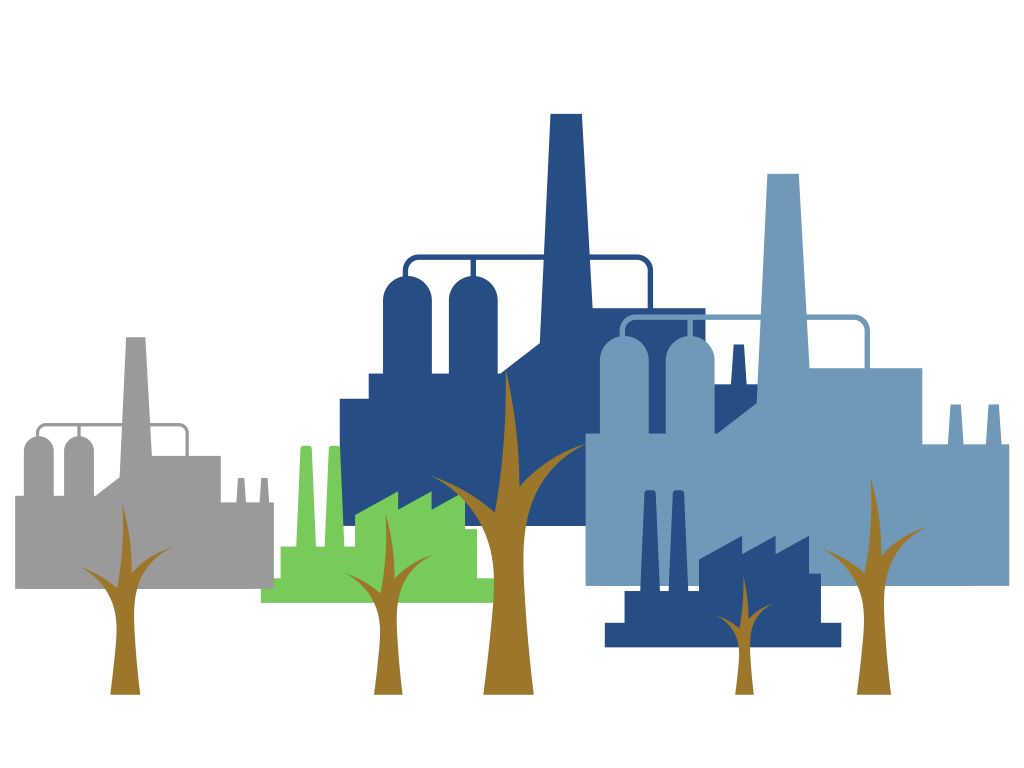Introduction:
One of the most used tools in Asset Management is condition monitoring, with which existing risks in the organization can be detected and mitigated. In this installment, we will learn what it consists of, its regulations, the key factors for its application and the comprehensive solution that Reliabytics offers in this area.
What is ISO 17359?
ISO 17359 is an international standard that is part of the set of best practice suggestions related to asset management. It suggests the structure and elements that can be used to create strategic, tactical and operational guidelines for the maintenance of business assets, providing an overview of how a condition monitoring program should be implemented, considering as elements minima:
- Program objectives.
Types of machines to monitor. - Parameters to monitor.
- Monitoring methods. Monitoring frequency.
ISO 17359 also provides guidelines for diagnosing the condition of machines, as well as performing criticality analysis, determining the priority among the assets under study and building the internal policies of each organization to apply this methodology and on which assets to do so.
So what is condition monitoring?
Condition monitoring is a methodology of great importance for asset management. Its competitive advantage lies in the fact that through it we can know in sufficient time when the deterioration mechanism is present in the asset, so that actions can be taken. and prevent equipment from being catastrophically damaged. This monitoring is carried out through the measurement of physical parameters present in the assets, carrying out an identification, evaluation and supervision of the existing conditions in each piece of equipment, determining the appropriate time to carry out maintenance, reducing the safety risk. and downtime, as well as repair costs and avoiding production losses.
What are the key factors to apply condition monitoring?
For condition monitoring to be effective, it is important to consider the following factors:
- Determine current and mitigated risk: One of the most important questions any organization should ask is: What risks are we facing? identifying possible risk scenarios associated with security, production, cash flow, among others. Once this is done, we will be able to develop the necessary strategies to mitigate them.
- Develop strategic guidelines, tactical policies and clear operational processes for condition monitoring: Many initiatives associated with condition monitoring fail because these elements are not defined correctly or evaluated frequently. Condition monitoring should be part of a comprehensive asset management strategy, where the strategic guidelines provided by management should establish the objectives and requirements of the program, this serves as input for the leadership team to build the tactical policies that They contain criticality analyses, deterioration mechanisms, failure modes, technique, frequency, work processes, among others. These guidelines are the input so that the operational process of condition monitoring can be efficiently executed.
- Identify detailed work processes for condition monitoring: The work processes for condition monitoring must define all activities related to Asset Health Management: who, how, where, when and what are the mechanisms so that the analysis and recommendations related to monitoring can be carried out. and feedback from this system.
- Value is added by moving from plan to action: Condition monitoring is a valuable tool (a means), but it must be more than a plan on paper. It is important to execute it correctly according to plan and constantly evaluate its effectiveness in order to generate benefits for the organization by mitigating existing risks. These plans are dynamic, not static, therefore, the feedback and the condition of the asset direct the changes that must be made in frequency, monitoring techniques, training, among others. These adaptations are what will contribute to the expected value.
The most important challenge for the organization in terms of condition monitoring is that the people who must execute it are instructed and trained in what they have to do, when, how and where they must do it, so that risk reduction for management of assets and the organization in general is real and effective. Well-performed condition monitoring can be able to increase the level of reliability of assets by identifying problems before causing failures, reduce repair and maintenance costs and also improve the efficiency of deployed assets.
¿Qué beneficios trae Reliabytics para el monitoreo de condición?
Reliabytics como una solución integral para la Gestión de Activos incluye en uno de sus módulos el proceso: “Gestionar Salud”, el mismo, proporciona las herramientas necesarias para organizar la información recopiladas de campo (offline y online) asociadas a todas las técnicas de monitoreo de condición.
Al implementar Reliabytics y una vez realizado el análisis de criticidad, podrá obtener los siguientes ventajas:
Through the Software you can:
- Automatically build risk and current health indicators, based on the detected condition.
- Allow having a Road Map (RoadMap) to know what the next actions to execute will be.
- Follow up on the effectiveness of monitoring and the execution of recommendations.
- Perform a failure modes and effects analysis (FMEA) in a quick and easy way, obtaining predictive models that serve as a basis for detecting problems in assets in advance, and being able to carry out maintenance planning in a proactive way, avoiding or reducing unplanned downtime, reducing maintenance costs, improving business security and maximizing your financial and production benefits.
And as a comprehensive solution it will be capable of:
- Know and install all the hardware necessary to carry out correlation monitoring of operational variables and deterioration mechanisms, online and offline.
- Within the Health management module you can carry out the evaluation and create strategies using methodologies such as RCM, FMEA, etc. To analyze strategies and implement improvements over time.
La Gestión de Salud y el Monitoreo de Condición de tus assets is a tool that helps organizations achieve a higher level of reliability, reduce maintenance costs and increase security in an effective and friendly way.
CTA
If you or your organization requires advice in this area or to see the “Manage Health” Module of the Reliabytics Demo, do not hesitate to contact us. Send an email with your request to info@mail.reliabytics.com and we will gladly assist you.
Reliabytics, Agile Asset Management.



